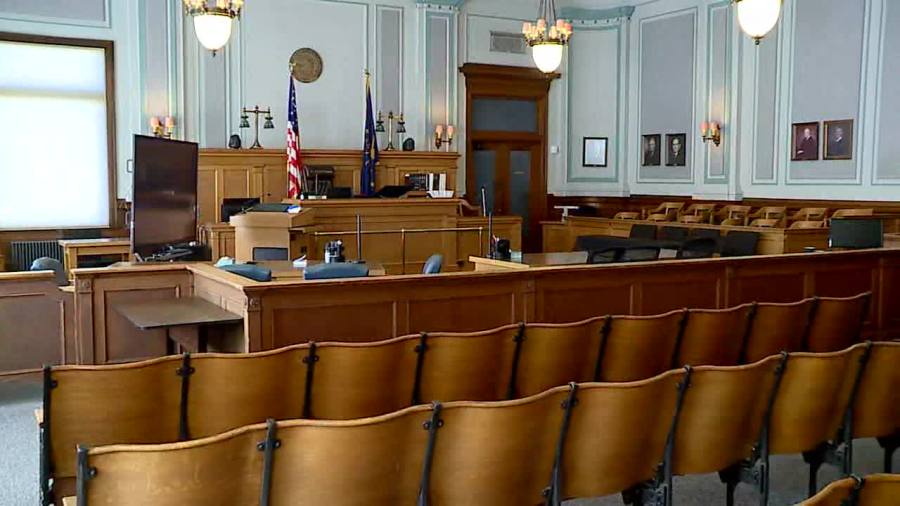CARROLL COUNTY, Ind. — FOX59/CBS4’s Jenny Dreasler sat down with Indianapolis-based lawyer John Tompkins who shared his thoughts on the opening statements and testimony the jury heard during the first day of the Delphi double murder trial. Tompkins is not affiliated with the Delphi case.
Q: How significant are opening statements in shaping the jury’s perception of the case from the start?
“Opening statements are always important. In longer trials, they are even more important because the jury will know where you want them to pay special attention. They will know what to be looking for and what’s coming up. And when certain witnesses or certain types of evidence start being introduced, the lawyers can go back to keywords and phrases they used in the opening statement to sort of remind the jurors subliminally, here comes something really important.”
Q: What are your thoughts on the overall testimony and the prosecution starting off with family members? What are the pros and cons of that?
“That’s pretty standard in murder trials. You have to establish the life of the people who have passed away at the beginning to show it was an actual person who was later killed. So you do bring family members in, pictures showing them in life so the jury knows they were living people. And then you risk going a little overboard if you try to tug on the sympathy or heartstrings and that’s always a fine line. That’s a fine line for the state to not look like they are trying to do something that the judge tells the jury they are not allowed to do, which is vote by sympathy. But still, get across the point that these are real people and you’re here to solve a big problem.”
Q: Was there anything surprising that we learned during opening statements that we hadn’t known already?
“I wouldn’t say surprising. I think we learned some very critical aspects of both the state’s case and how they intend to prove it most likely. And the defense in rebuttal of what that state theory is and how they will probably prove that.”
Q: Does the lack of DNA in this case play a big role in swaying a jury? How much does a jury rely on DNA evidence in your experience?
“In a case like this and that was the key phrase in your question, in this case. This case has throats being slit, blood on a tree. Clothing being exchanged and being worn by one of the girls that belonged to the other girl, and clothing being taken and thrown into a creek. That is a lot of moving things around where DNA would, you would expect to be deposited. And DNA lasts a long time. We all know about cases where they recovered DNA 20 years later. So there’s no excuse in saying, ‘Well we didn’t find DNA three years later when we got around to searching his car. He must have bleached it or cleaned it,’ or something like that. They have knives that they recovered. That’s the kind of thing that could stick out to a jury because of the way these girls were killed.”
Q: Based on opening statements, how might you assess the direction the defense is likely to take throughout the trial?
“They are clearly not trying to disprove the state’s case. They will probably be in a position at the end to say ‘Yes, somebody did exactly what the state said, but we’ve shown you it wasn’t Mr. Allen.’ Because based on the times, that he was in certain places and the times he was gone from the area of the bridge, he could not have been the person who did it.”
Q: What can we expect next week?
“I think we’ll probably start getting into the real meat and potatoes of the state’s case. They are going to start bringing in the people to set up the actual timeline of the day. To show how they can prove where the girls were and when they were there. They’ll start getting in the evidence of phones. They’ll start getting in the evidence of the forensics and the analysis of the recovered rounds.”


